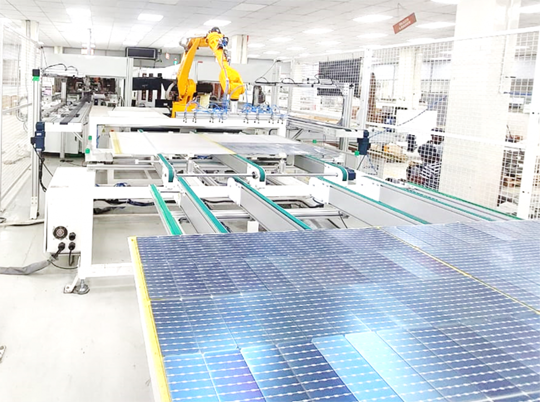Scientists from the US Department of Energy’s Lawrence Berkeley National Laboratory have compared the costs of several of solar-plus-storage configurations with those of other wind-plus-battery plants across seven US wholesale electricity markets.
“We seek to understand the trends in the commercial development of hybrids and to identify factors that may alter those trends through an evaluation of the costs and revenues of different hybrid configurations, enabling planners to make more informed assumptions about the configuration and behavior of hybrids,” they said. “We also seek to understand which configuration choices are more impactful than others on market value and costs.”
They described their findings in “Keep it short: Exploring the impacts of configuration choices on the recent economics of solar-plus-battery and wind-plus-battery hybrid energy plants,” which was recently published in the Journal of Energy Storage. The group of researchers considered historical wholesale market power prices from 2012 to 2019 and recent component costs for renewable energy projects. They shaped their analysis by considering battery duration and capacity, grid interconnection capacity, the size of PV systems relative to inverter capacity, and the connections between batteries and generators.
They also considered hybrid costs based on capital costs and battery lifetimes.
“We construct an analytical approach that system planners could use with case specific parameters to evaluate hybrid development trends and demonstrate its explanatory power by qualitatively comparing the attractive hybrids we model to recently developed hybrids or projects in the near-term development pipeline,” they said.
The scientists calculated the net value of each of the proposed configurations. They also relied on a linear optimization program to calculate a generator’s revenue based on historical wholesale power market prices.
“The objective of the optimization is to maximize revenue from buying and selling power from the hybrid at an hourly varying wholesale power price, accounting for a linear degradation penalty applied to the battery charge and discharge power,” they said.
They found that battery duration and capacity have the largest impact on the net value of either solar or wind hybrid plants. They said the ideal configurations are those with a battery duration ranging from two to four hours. In solar-plus-storage projects, the battery capacity with the highest net value should be between 25% and 100% of the PV plant nameplate capacity, depending on the region and the availability of fiscal incentives, while the highest net value for wind-plus-storage plant should be around 25% of the wind capacity, with or without the tax credits.
“AC vs. DC coupling and the sizing of the solar panels relative to the inverter in solar hybrids appear to be secondary,” they said.
The scientists said their analytical framework aligns with current commercial trends and identified six main trends in US electricity markets. Solar-plus-battery projects are more common than their wind counterparts, while solar hybrids are more common than wind hybrids. Both solar and wind hybrids are more common in the bulk power system operated by the California Independent System Operator (CAISO), while battery durations are commonly between one and four hours. Battery-to-generator capacity ratios are larger for solar than wind hybrids, but hybrids in the CAISO have a point of interconnection capacity similar to the renewable generator capacity. In addition, DC-coupled projects use inverter loading ratios ILRs at the same levels of those for off-grid solar.
The researchers said that in the future, they want to improve their analysis of the cost and hybridization cost-reduction potential.
“Future work could refine battery cost and degradation estimates for specific battery technologies, along with incorporating projections of cost trends into the future to make more precise estimates of the net value of specific hybrids,” they said.













